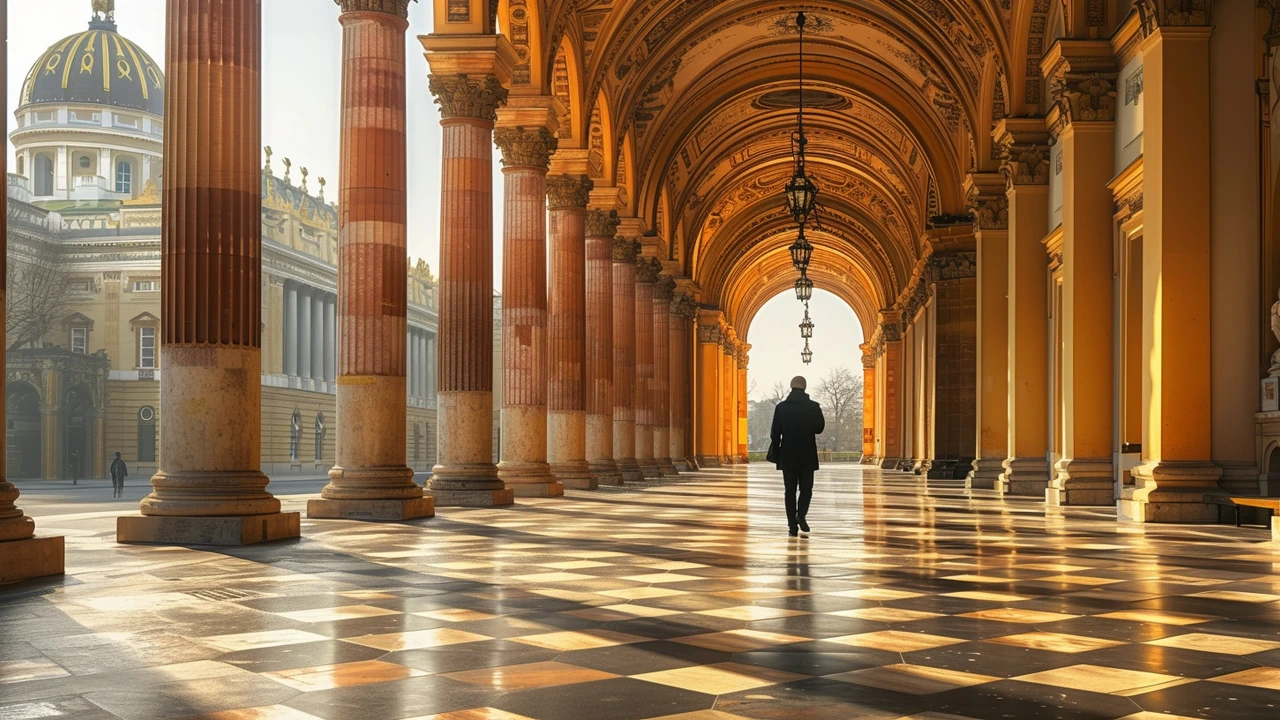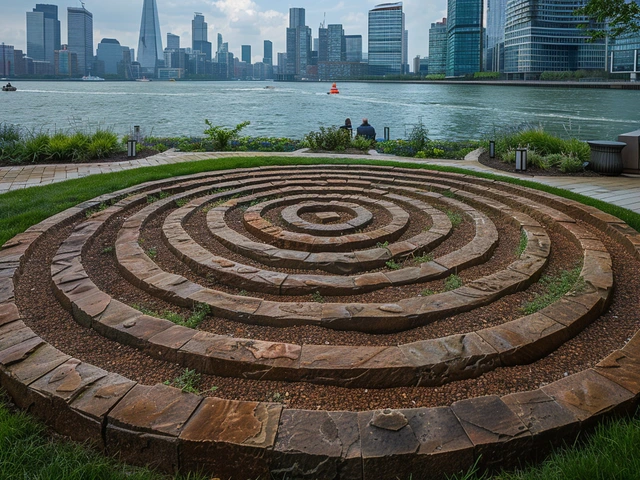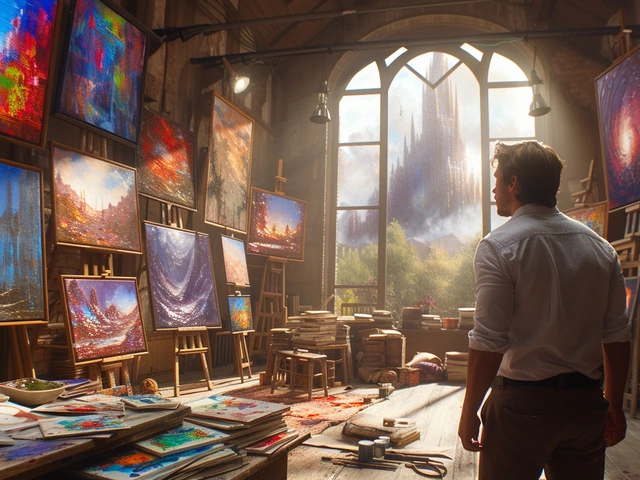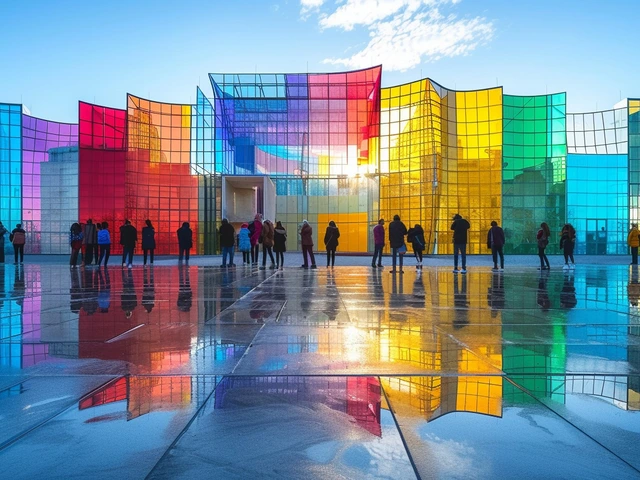The Roots of Classicism in Sculpture
The birth of classicism in sculpture traces its roots back to the ancient Greeks. These masters of the marble pioneered the practice of sculpting the human form in a way that sought to capture the ideal of physical perfection. While modern viewers might view these predominantly nude, muscular figures as hyperrealistic, they were in fact meticulously designed to embody balance, harmony and proportion – the key principles that defined 'beauty' in the classic world. In essence, classicism was born out of the age-old pursuit of aesthetic perfection, and yet, it is also intertwined with the idea of individualism, given that each sculpture designed to represent the person's unique attributes and characteristics.
Influence of Classicism on Roman Sculptures
The significant influence of classicism did not stop with the ancient Greeks. Indeed, it seeped into the Roman empire and completely transformed their approach to sculpture. Although the Romans were known for borrowing from various cultures, the impact of classicism on their artistic output was unparalleled. They were so impressed by the Greeks' keen eye for detail that they started creating strikingly similar sculptures, often of their own emperors and prominent citizens. Through their artistic practices, the Romans not only adopted the Greeks' obsession with portraying the human form in a realistic manner, but also extended this principle to depict the intricacies of age, character and status.
Renaissance Resurgence of Classical Sculpture
Fast forward to the Renaissance, the era where Classicism found its way back into the limelight! Pioneering artists revisited Greco-Roman sculpture in their attempt to break away from the stylistic conventions of the Gothic period. The Renaissance brought about a significant shift in how artists perceived and presented the human body - a renewed focus on anatomical accuracy, a fascination with the musculature, and a delicate balance between movement and serenity suddenly emerged. No conversation on the Renaissance is ever complete without a mention of Michelangelo's David, a classically-inspired masterpiece that continues to awe artists and viewers alike with its grandeur and precision.
The Impact of Classicism on Neoclassicism
As we move forward to the 18th century, Classicism morphed into Neoclassicism - a trend that has never quite gone out of fashion since! The Neoclassical sculptors took the classical ideals of beauty and poise but added an extra layer of grandeur, drama, and, more significantly, morality. They sought to bring alive stories from historical, mythological and biblical sources, that could inspire moral virtues among the masses. Neoclassicism wasn't merely about form and beauty. It was about integrity, character, and, more importantly, making art a medium of moral education.
The Echo of Classicism in Contemporary Art
The whispers of Classicism have even found their way into contemporary art. Today, many contemporary sculptures draw inspiration from this classical aesthetic, incorporating elements of proportion, symmetry, and idealization into their creations. Yet, instead of merely recreating classical sculptures, they often inject a modern twist, whether it's using unconventional materials, presenting unexpected themes, or including controversial subjects. While some might argue that these additions merely distort the classical ideal, others suggest that they help deconstruct it to better understand its enduring appeal.
Classicism in Sculpture: A Mode of Storytelling
At its core, the true beauty of classicism in sculpture lies in carving stories into stone. Classical sculptures were not just cold, marble figures; rather, they were like open books, inviting readers to explore various narratives that were relevant to their times. Whether it was the trials and tribulations of Hercules, the passionate love story of Psyche and Cupid, or the display of courage and valour by fighting Gladiators, each sculpture had a story to tell, a sentiment to convey, a message to deliver.
A Classic Tale from My Backyard
Now, you may be wondering how this love for classicism in sculpture made its way to my Melbourne backyard. A couple of years ago, as a tribute to this enduring art form, I decided to invest in a classical-style garden statue. It came to life through the craftsmanship of a local artisan who enjoyed blending classicism with contemporary sensibilities. And guess what? This sculpture's subject was none other than my darling tortoise Biscuit, captured forever in stone with a godlike aura! Trust me, nothing is more amusing than a meticulously detailed, classically rendered tortoise sculpture outlining her routine path in the garden. It never fails to serve as a conversation starter during my somewhat infamous backyard barbies.
Conclusion: The Eternal Charm of Classical Sculpture
To conclude, the legacy of Classicism in sculpture continues its steady march through the annals of time, living on in modern expressions, adorning public spaces, and contributing to the artistic and cultural vocabulary of our times. Like a timeless melody, it resonates with each new generation, reminding us of our shared human history. And at the same time, it invites us to contemplate our own interpretations of beauty, form and meaning.



